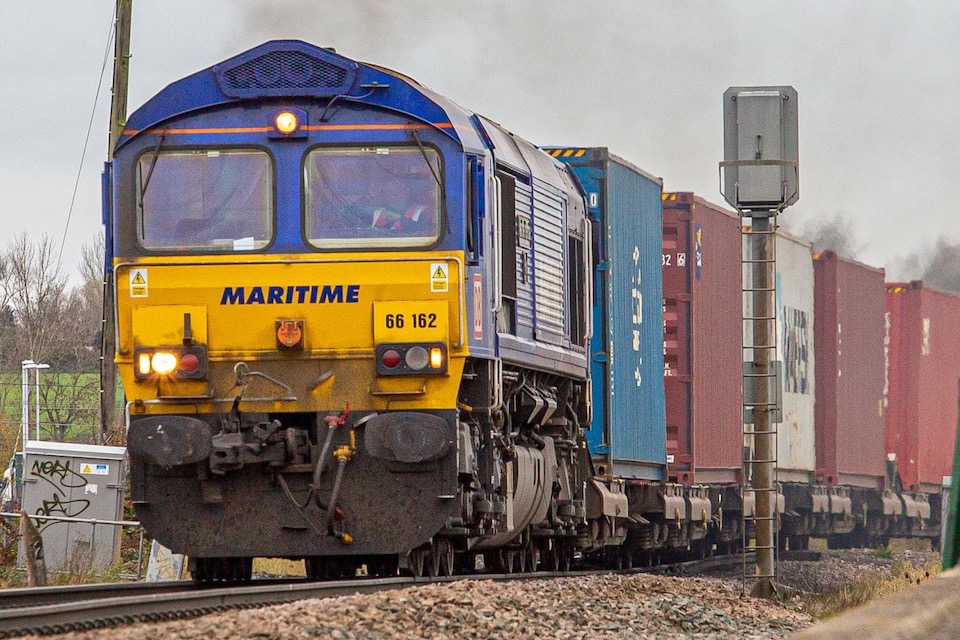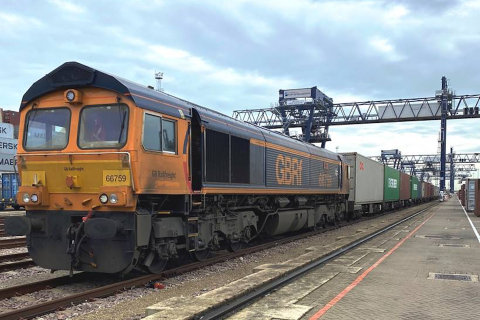Network Rail responds to costs and consults on Ely project

Infrastructure enhancements around the East of England town of Ely are vital for east-west freight capacity and five passenger routes. This was said by Network Rail, the UK infrastructure agency. However, following reports of vast cost rises, the company is to consult extensively on the programme. The enhanced project replaces a minor upgrade plan submitted in 2016 for the North Junction layout. The wider plan will require radical remodelling within the city boundary. However, the flat landscape is dotted with level crossings, which could be expensive to upgrade and replace.
Do you want to read the full article?
Thank you for visiting RailFreight.com. Become a member of RailFreight Premium and get full access to all our premium content.
Are you already a member?
Having problems logging in? Call +31(0)10 280 1000 or send an email to customerdesk@promedia.nl.




